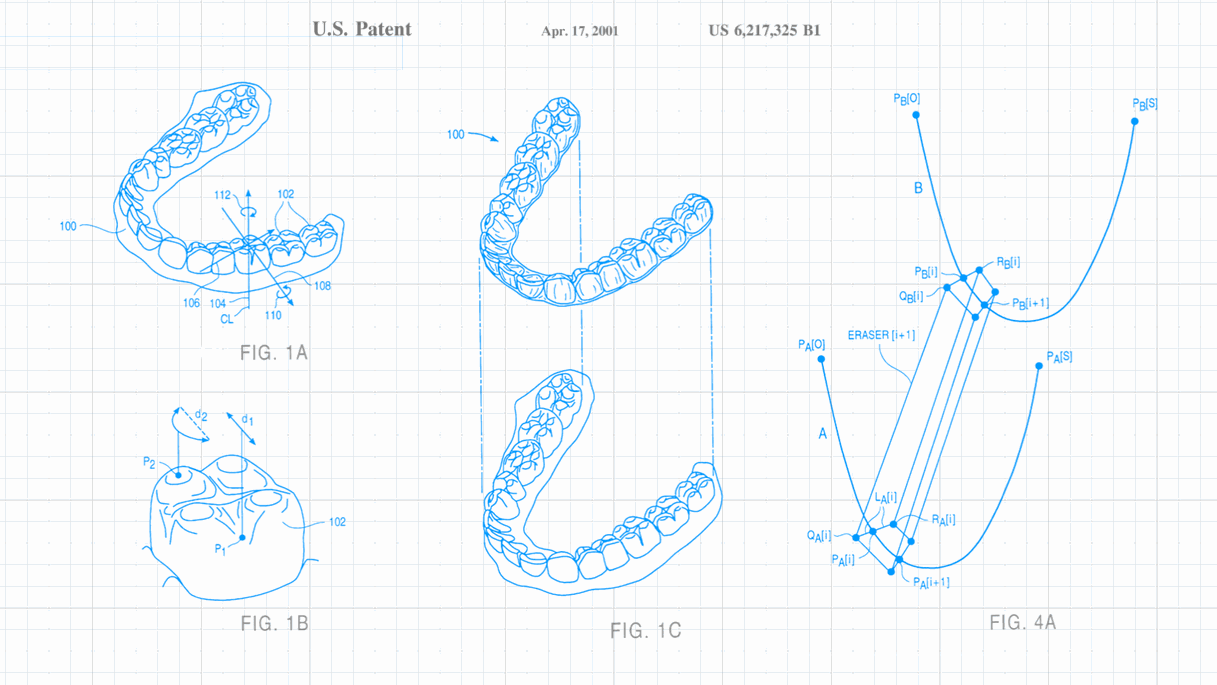Can a CAD file infringe a patent? Can transferring a CAD file from Pakistan into the US trigger 19 U.S.C. § 1337’s prohibition on importation of “articles” that infringe a US patent? These are types of questions starting to arise at the intersection of patents and 3D printing.
The International Trade Commission addressed these questions today in an opinion titled “In the Matter of Certain Digital Models.” (337-TA-833).
The certain digital models were dental models. Specifically, Align Technology, Inc. has patented a type of invisible braces fabricated by 3D printing. Align accused ClearConnect Operating, LLC, of infringement by scanning teeth in the US, sending the CAD files to Pakistan for processing, and transmitting the finished CAD files back to the US where they were printed.

The patent owner, Align, contends that ClearConnect was infringing just by having the CAD files transferred into the US. The ITC agreed,
we conclude that the statutory phrase “importation . . . of articles” should be construed to include electronic transmission of digital data because the digital data sets at issue in this investigation are true articles of international commerce that are imported into the United States and their inclusion within the purview of section 337 would effectuate the central purpose of the statute.
The dissent is not happy about this:
The Commission majority broadly interprets the statute to allow it to exercise jurisdiction and find a violation by treating electronic transmission of data as an ‘article.’ As this interpretation does not address Congress's delegation of authority to the Commission, ignores Section 337's remedial scheme, and contradicts the federal courts' interpretation of ‘articles,’ I respectfully dissent.
As Professor Osborn notes over on Patently-O, we will be seeing many more 3D printing patent cases in the next few years.
For patent prosecution, it may be time to start claiming digital models of products as well as the physical products themselves. In a world where every living room has a 3D printer, a digital model claims may be the only patent claims that can reach true competitors.